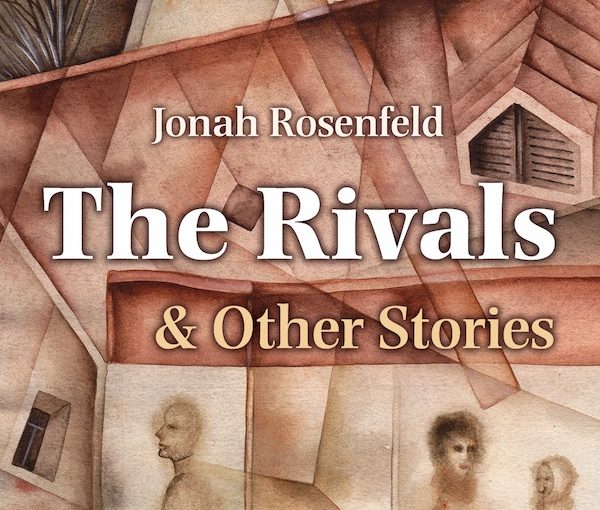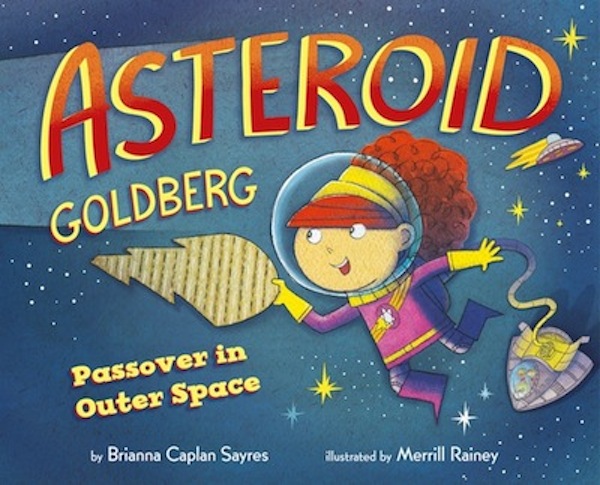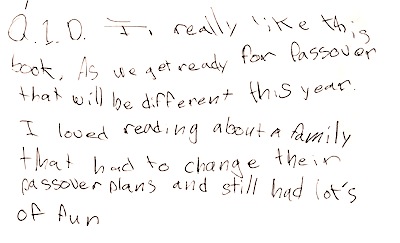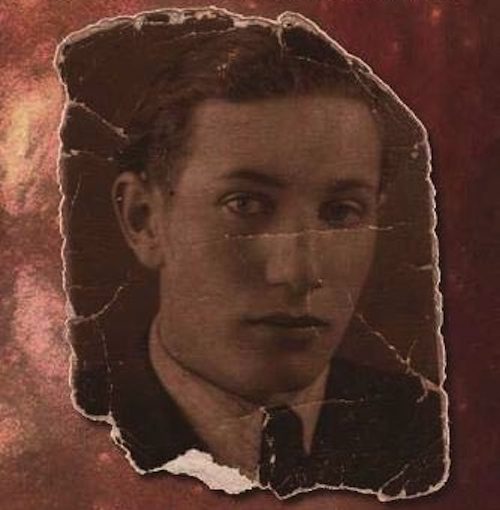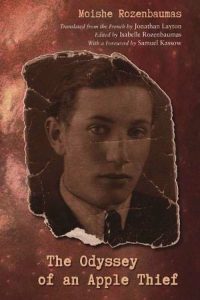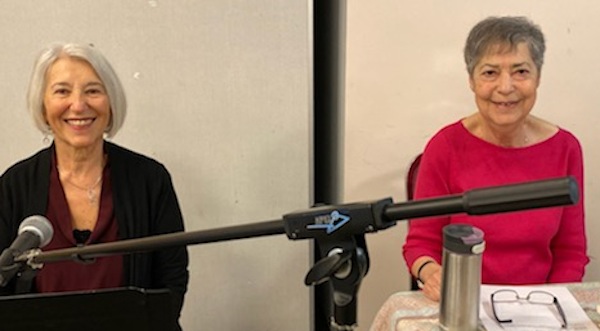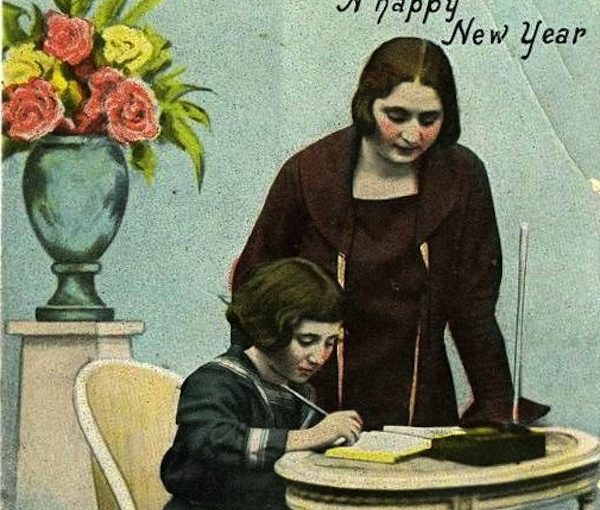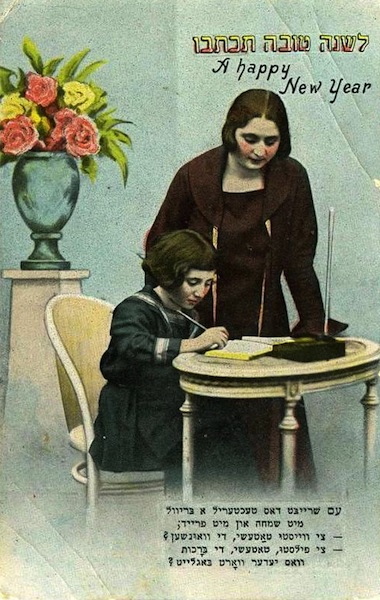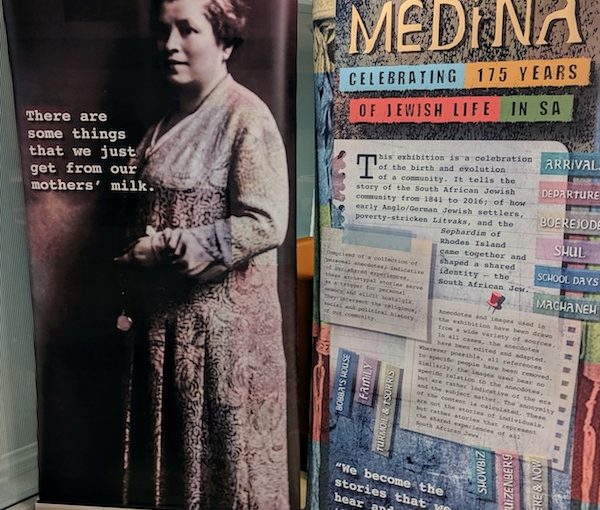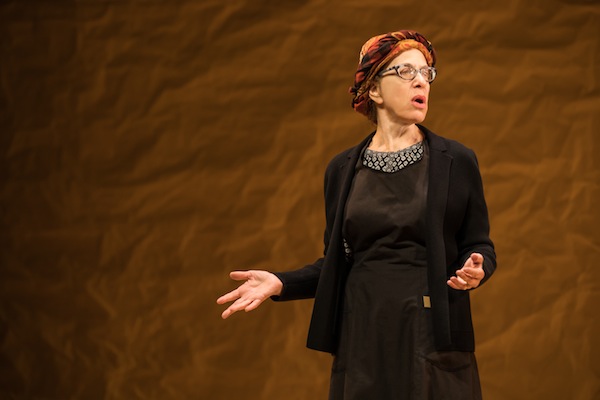How does a 1940 Yiddish theatre song – probably based on a passage from the Talmud’s Tractate Bava Metzia – end up becoming a popular piece sung around the world?
Over a 75-year period, Aaron Zeitlin’s “Dona Dona” (in Yiddish, “Dos Kelbl,” “The Calf”) has been sung by some of the 20th century’s biggest English-speaking performers, including Joan Baez, Donovan, the Chad Mitchell Trio, Chad & Jeremy, and countless others. It has been sung in Japanese, German, French (in this version, the calf is replaced by a boy trying to figure out his future) Swedish, Hebrew, Russian, Italian, Catalan and Vietnamese. Zeiltin’s original “Dos Kelbl” was put to music by Sholom Secunda; in 1956, Arthur Kevess and Teddi Schwartz translated it into English.
“Dona Dona” was part of Zeiltin’s Yiddish play Esterke, based on the legendary relationship of a Jewish woman named Esther and King Casimir of Poland. Zeitlin first published it in 1932 in Globus, the Yiddish literary journal he edited. The play about Esterke and Kazimierz the Great was a Polish-Jewish mystery in four acts. Male and female actors sang “Dona Dona” as a solo, as a duet and as a chorus with orchestration.
Zeitlin was invited to New York for the performance of Esterke, which is an indication of how influential Yiddish theatre was in the pre-Second World War Jewish cultural world. With the outbreak of the war, however, he was unable to sail back to his family. His wife, two children, father and brother were killed in the Holocaust.
This terrible loss haunted Zeitlin for the rest of his life. Indeed, some maintain that “Dona Dona” represents the tremendous suffering and loss of life Jews experienced in the Holocaust. While Zeitlin – who was living in Poland in the 1930s – was certainly aware of the growing threat of Nazism, he composed the song before the Holocaust began.
Over time, the song has been interpreted in many different ways. In a 2010 article in The Jewish Magazine, Mendel Weinberger understands “Dona Dona” as a reference to the struggle between the physical and the spiritual. The calf represents the body, the seat of desire. The body seeks pleasure, wealth and honour, and is a slave to these desires. The calf on the way to the slaughterer is a metaphor for the body’s journey towards death. The calf (i.e. the body) is mournful because it has become attached to life and fears the unknown of the next world. The swallow, on the other hand, represents the soul, in Weinberger’s interpretation. The Divine Soul is a part of G-d’s Being and is not bound by the material limitations of the physical world; it is free to soar in the spiritual realms high above the earthly one.
Baez, who, probably more than anyone else in North America, was responsible for popularizing the English version of the song, has said she was attracted to the “beauty of the melody.” At the beginning of her long career, she started singing “Dona Dona” as a civil rights protest song. It appeared on her first album and became a “staple” in her performances.
In 1975, Seoul, South Korea, banned the playing of “Dona Dona.” The government considered the song to be leftist and violence-inducing. Two hundred and sixty other songs appeared on this blacklist.
Pointing to how times change or perhaps stay the same, in 2018, Liao Yiwu, a Chinese writer in exile, used “Dona Dona” to boost the morale of someone under long-term house arrest. He had been trying to get permission for poet Liu Xia (widow of Nobel Prize winner, dissident Liu Xiaobo) to immigrate to Germany. In a phone call that year, the severely depressed widow cried continuously, saying, “It is easier to die than to live.” Liao Yiwu played “Dona Dona” for his desperate friend, who has since been released and allowed to leave for Germany.
Given that Zeitlin had religious training, the Gemara of Talmud Bava Metzia 85a is a likely inspiration of “Dona Dona” and, therefore, probably best explains the song’s true meaning. The Gemara tells the story of how Rabbi Yehuda HaNasi, the redactor of the Mishnah, came to endure terrible pains. A young calf, destined for the slaughterhouse, met up with the rabbi. The calf placed its head under the rabbi’s coattails and cried. Yehuda HaNasi said to it, “Go! It was for this that you were created.” Because he should have shown greater mercy to the calf, the rabbi was punished for 13 years with great suffering. Only when he expressed pity for some baby weasels did his pains leave him.
Deborah Rubin Fields is an Israel-based features writer. She is also the author of Take a Peek Inside: A Child’s Guide to Radiology Exams, published in English, Hebrew and Arabic.
***
“Dona Dona”
On a wagon bound for market
There’s a calf with a mournful eye
High above him there’s a swallow
Winging swiftly through the sky
How the winds are laughing
They laugh with all the their might
Laugh and laugh the whole day through
And half the summer’s night
Dona Dona Dona Dona Dona Dona Dona Don Dona Dona Dona Dona Dona Dona Dona Don
Stop complaining, said the farmer
Who told you a calf to be
Why don’t you have wings to fly with
Like the swallow so proud and free
How the winds are laughing
They laugh with all the their might
Laugh and laugh the whole day through
And half the summer’s night
Dona Dona Dona Dona … Don
Calves are easily bound and slaughtered
Never knowing the reason why
But whoever treasures freedom
Like the swallow has learned to fly
How the winds are laughing
They laugh with all the their might
Laugh and laugh the whole day through
And half the summer’s night
Dona Dona Dona Dona … Don

